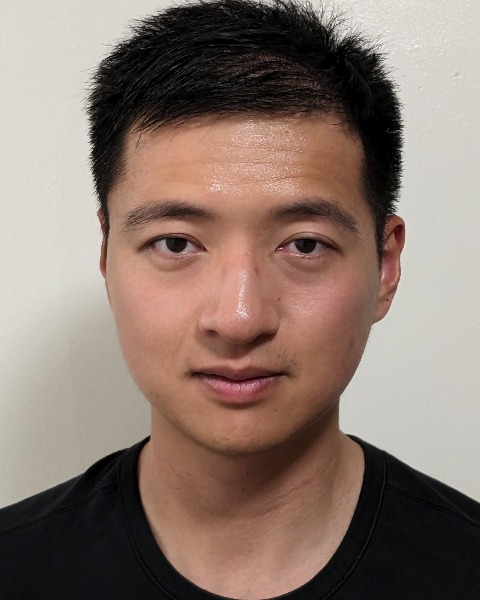QSP
(W-131) Mechanistic modeling to inform T cell engager development for low copy targets
Wednesday, November 13, 2024
7:00 AM - 1:45 PM MST
Pawan Kohli, BS – Sr Associate Scientist, Gilead Sciences; Shahzada Khan, PhD – Sr Research Scientist II, Gilead Sciences; Heather Stephenson, BS – Research Scientist, Gilead Sciences; Rutwij Dave, PhD – Sr Research Scientist II, Gilead Sciences

Mike Wan, PhD (he/him/his)
Research Scientist
Gilead Sciences
San Mateo, California, United States
Author(s)
Disclosure(s):
Mike Wan, PhD: No relevant disclosure to display
Objectives: The design of T cell engagers (TCE) could be complex as format, effector arm affinity, and target arm affinity can individually contribute to potency. While it is believed that high targeting arm affinity and low anti-CD3 arm affinity can provide a favorable biodistribution and safer profile for TCEs, this is only qualitatively defined and has not been validated on TCEs targeting low expressing targets ( < 100 per cell). Here, we developed a mechanistic model based on immune trimer synapse formation to understand the ideal design of TCEs on low-expressing targets. The theoretical synapse formation model informs how effector arm affinity, target arm affinity, and drug concentration determine potency. The modeling approach may provide guidance of the clinical outcomes of TCEs in the early discovery phase.
Method: A single-compartment, two-step binding model was used to describe the binding of the bispecific TCE to CD3 on T cells, and target antigen (TA) on target cells to form a trimer synapse. Synapse per target cell is calculated by dividing synapse concentration by target cell concentration. The synapse model is developed in MATLAB custom script and SimBiology.
Results: The model predicted synapse formation reasonably captured the trend of cytotoxicity observed in vitro at different E:T ratios across a wide range of TCE concentrations under fixed antigen levels. Specifically, the synapse prediction explains the bell shape curve with maximum cytotoxicity at 7 nM TCE, and hook effect at higher concentrations. It also defines 1-2 synapses per target cell as minimal synapse/target cell to observe cytotoxicity and 10 synapses per target cell as the condition to observe Emax.
The synapse formation across a wide range of affinity of anti-TA arm and anti-CD3 arm suggests threshold affinities of single-digit nM of both arms to observe cytotoxicity. The model also reveals high E:T can compensate for the low TA copy number in the system.
The global sensitivity analysis reveals affinity, copy number, and T cell density are important to synapse formation at low TCE concentration, while affinity becomes less important at high TCE concentration. Interestingly, target cell density does not impact the synapse formed across all concentrations.
Conclusion: The mechanistic synapse model demonstrated here captures the cytotoxicity observed in vitro, and reveals that both arms of TCE need to be single-digit nM affinity to achieve cytotoxicity. It was found that the synapses formed at low TCE concentration can be varied by tuning the affinity, while the synapses formed at high TCE concentration only depend on biological parameters such as copy number and T cell density. This model can be incorporated into a PBPK model with T-cell dynamics to generate a QSP model.
Citations:
- Jiang, X. et al. (2018) ‘Development of a Target cell-Biologics-Effector cell (TBE) complex-based cell killing model to characterize target cell depletion by T cell redirecting bispecific agents’, mAbs, 10(6), pp. 876–889. doi: 10.1080/19420862.2018.1480299.
- Betts. A. et al. (2019) ‘A Translational Quantitative Systems Pharmacology Model for CD3 Bispecific Molecules: Application to Quantify T Cell-Mediated Tumor Cell Killing by P-Cadherin LP DART®’, AAPS J, 21(66), doi: 10.1208/s12248-019-0332-z.

